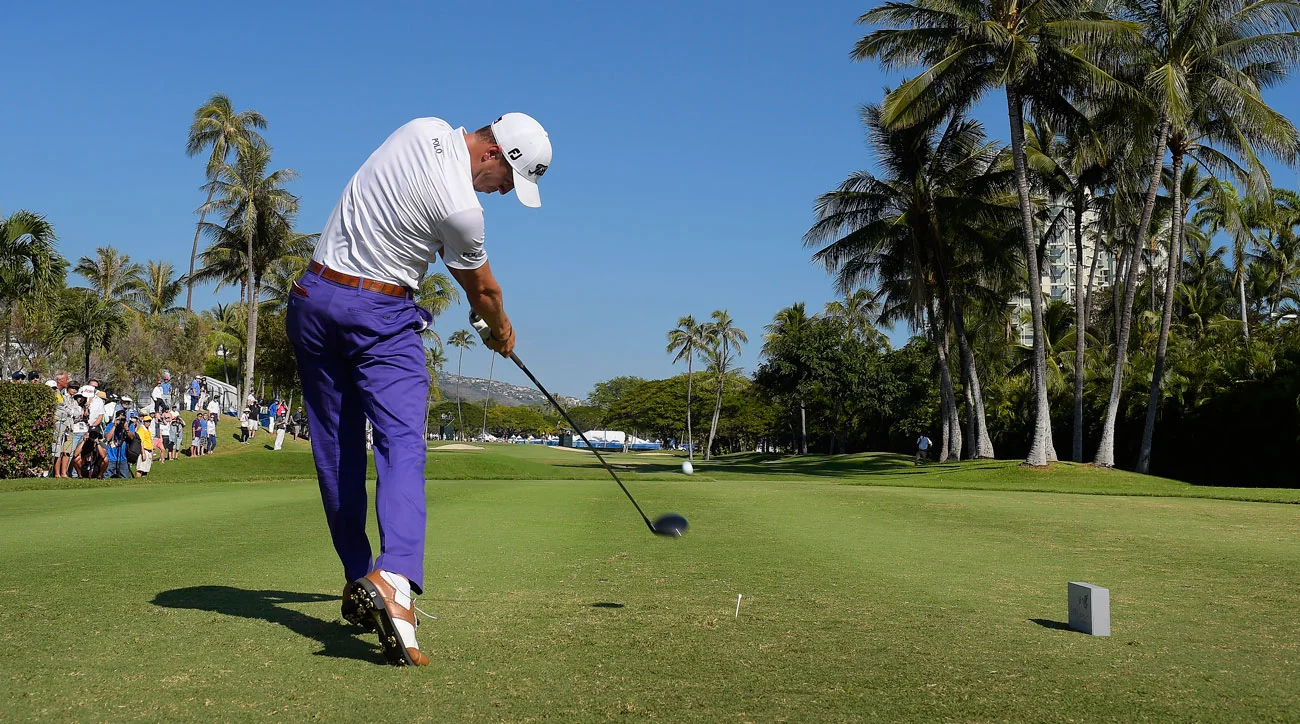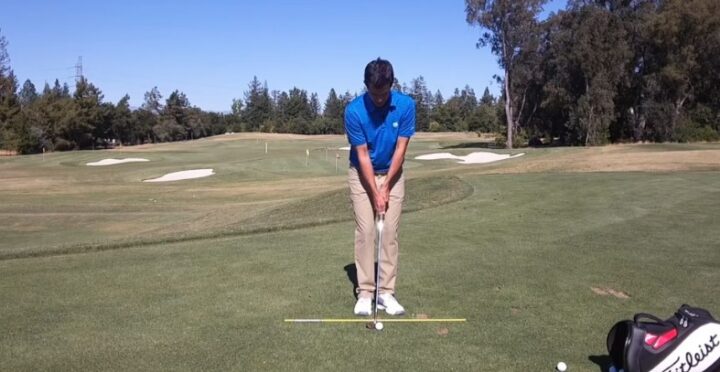What Exactly Is The Finesse Wedge Sequence?

Golf is no easy sport to master. It is a well-known fact that this sport of the elites requires mental fortitude and good physic. Of course, you do not have to have the full package from the jump, but for sure, golf is the answer to obtaining gracefulness and fructifying your mental resilience.
After all, not everyone can make a proper swing without giving themselves up as beginners or not having trained enough. There is a certain sequence of motions that one has to follow through to have the desired swing ability. It is especially true for those looking to perfect their golf swing abilities.
You’ll need to adopt a slightly different mentality to improve your finesse wedge play. For example, if you follow the world’s best golfers, you’ll notice that their motion patterns for using finesse wedges are distinct from their full swing motion patterns. In this article, we will go over some of the criteria you should take into consideration when aspiring to make the perfect finesses wedge sequence:
1. Monitor the Standards of the Technique

Typically, a golfer’s lower body initiates the swing’s motion at the top of the backswing, followed by their upper body, arms, and club at impact. Finesse wedges, which are not designed to generate force, employ a different motion sequence.
To begin with, they don’t turn their shoulders very much on the backswing. So to throw a horseshoe or bocce ball, swing your arm back and through, with the rest of your body acting as a supporting mechanism.
Great finesse wedge players tend to rely more on their arms to guide the club’s path, with the lead arm moving first, then the lower body, the torso, and finally the club at the pinnacle of the backswing.
A straightforward practice routine will help you get the hang of swinging your finesse wedges. If you follow this advice when attempting delicate pitch shots, it will make the most of the club’s bounce.
For a successful practice guide, it is recommended to be aware of a motion pattern. The indicated guidelines should read somewhere along the lines of:
- Grip the club halfway down the handle with your lead hand.
- Put your feet flat on the floor and close together.
- It would be best if you kept your chest in front of the ball as you changed the direction of your lead arm back and upward with a subtle cup in your left wrist.
- Once you’ve made your upward swing, your arm can fall back to the ball.
With practice, you’ll be able to hit some shots as if you were using just your lead arm, and the trailing arm will feel like it’s along for the ride.
2. Seek Professional Training

Even those who are forever sold on the idea of autodidacticism recognize the need for proper material. Those usually come from people who have already been trained in the subject matter for years. Some of the best options in this regard are some super well-written books or training videos. The latter method seems to have caught the attention of many golf enthusiasts that aspire to improve their golf games. The video format allows for a better understanding of the moves that one should make. Whereas a book offers indication on plain text, the video interacts with most of your senses.
It is recommended to apply for a course online, such as those from PerformanceGolf. It will teach you a lot, in your own time and at your pace. For example, a finesse wedge sequence course will teach you how to hit a finesse wedge shot correctly. This type of shot is frequently used when a precise shot into a small area is required, such as when attempting to get close to the hole on the green. The course will cover every aspect of hitting, from selecting the appropriate club to making the perfect swing.
3. Learn the Basics: How Do You Aim your Wedges?
Many golfers believe they must aim their wedges the same way as any other club. However, it may be quite a bit more different than that. The secret is that you must adjust your aim. First, aim for the center of the green with your pitching wedge. Next, aim for the front of the green with a gap wedge. Finally, aiming for the flagstick with a sand wedge would be best.
Now that you know how to aim your wedges let’s talk about the finesse wedge sequence. You can use this series of shots to get close to the hole from various distances. Here’s how it works:
- From 40 yards out: Hit a full pitching wedge shot.
- From 30 yards out: Hit a half pitching wedge shot.
- From 20 yards out: Hit a 9-iron or pitching wedge shot.
- From 10 yards out: Hit a 7-iron or 8-iron shot.
4. So How Do You Get a Good Wedge Contact?
Making good contact with the ball is one of the most important aspects of making solid wedge shots. It means striking the ball in the center of the clubface, ideally with a slightly descending blow. Contacting the ball too high on the clubface will cause it to fly too high and most likely fall short, whereas contacting the ball too low will result in a fat shot that will fall well short of the target.
As you can see, the finesse wedge sequence is all about control. You can hit shots that land close to the hole and stop quickly by using different clubs and adjusting your aim. Try it out yourself and see the results.
The Bottom Line

The Finesse Wedge Sequence is an excellent method for improving your golf game. It will differentiate you from a mere beginner player to one who has already spent some well-used time in the game. It’s a simple yet effective method for getting the ball closer to the hole. In addition, you will be able to hit the ball with greater accuracy and control if you follow the guidelines above.
